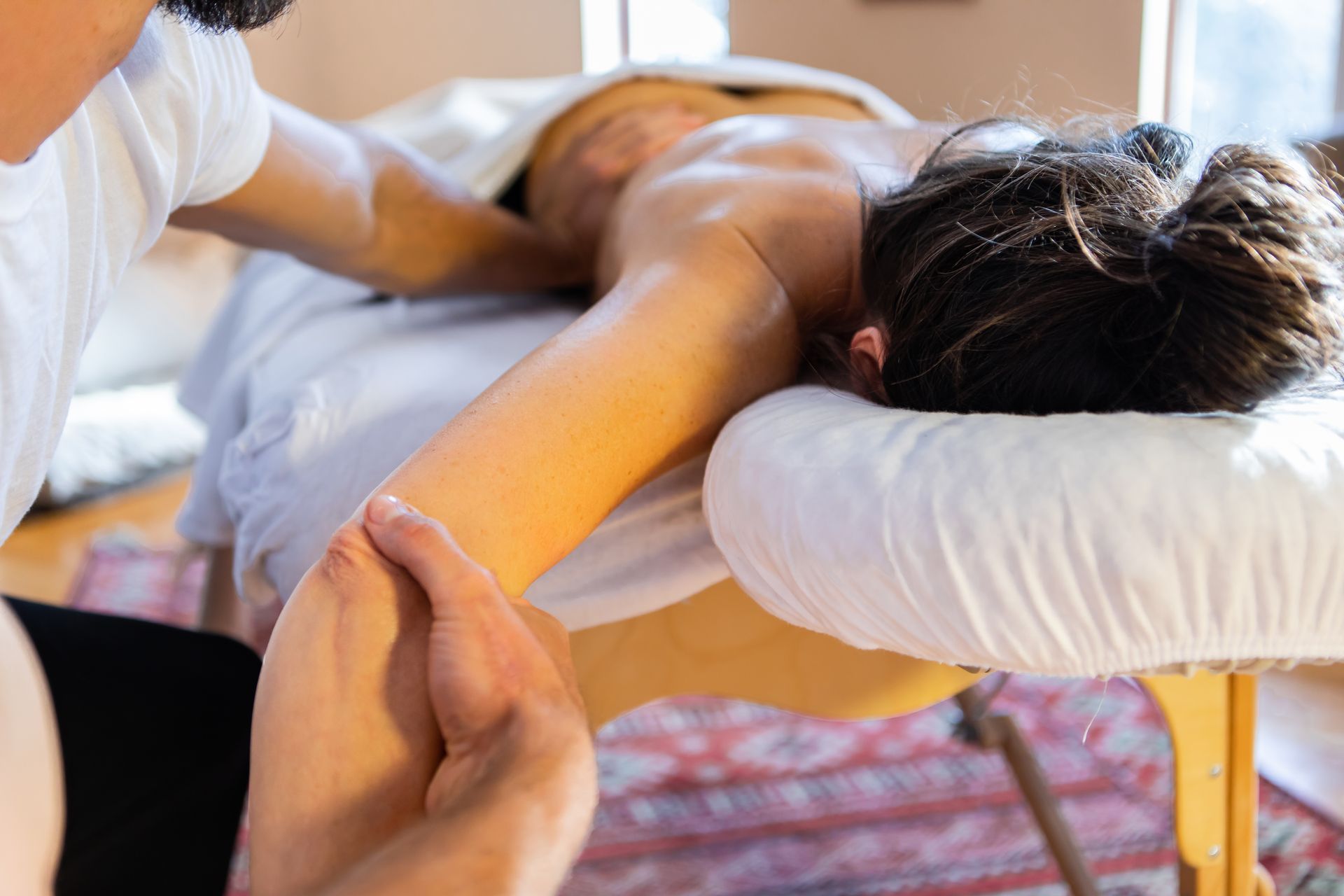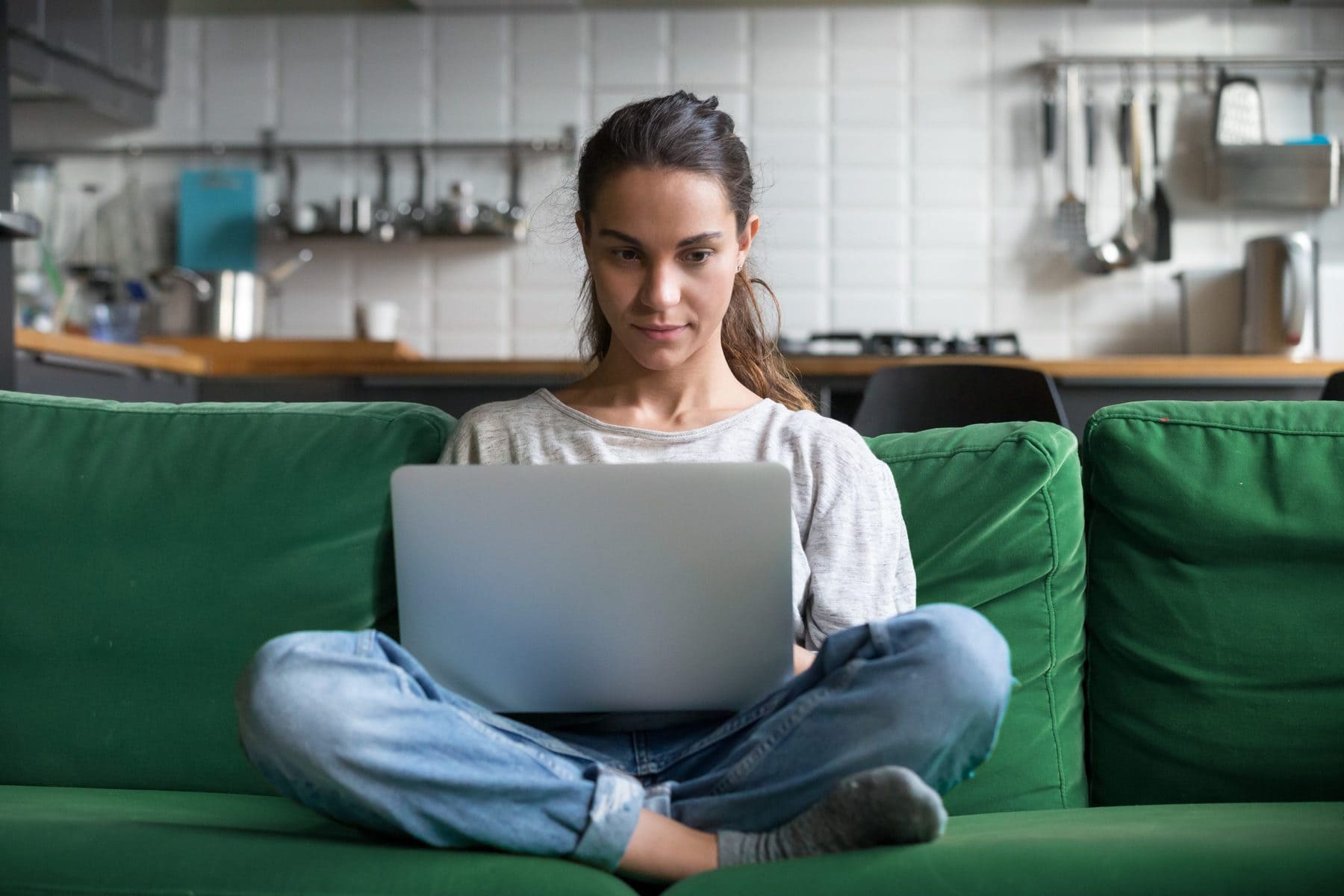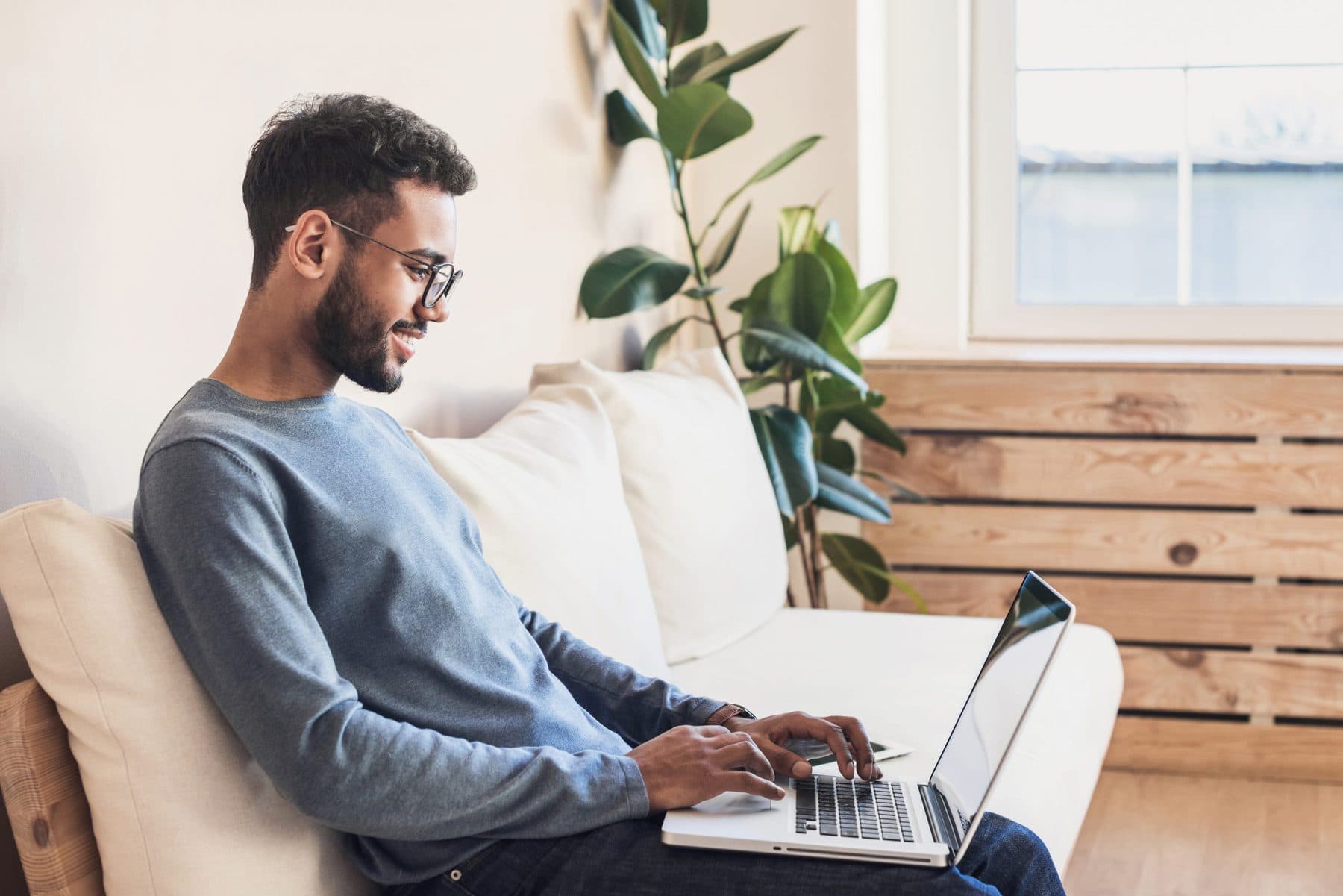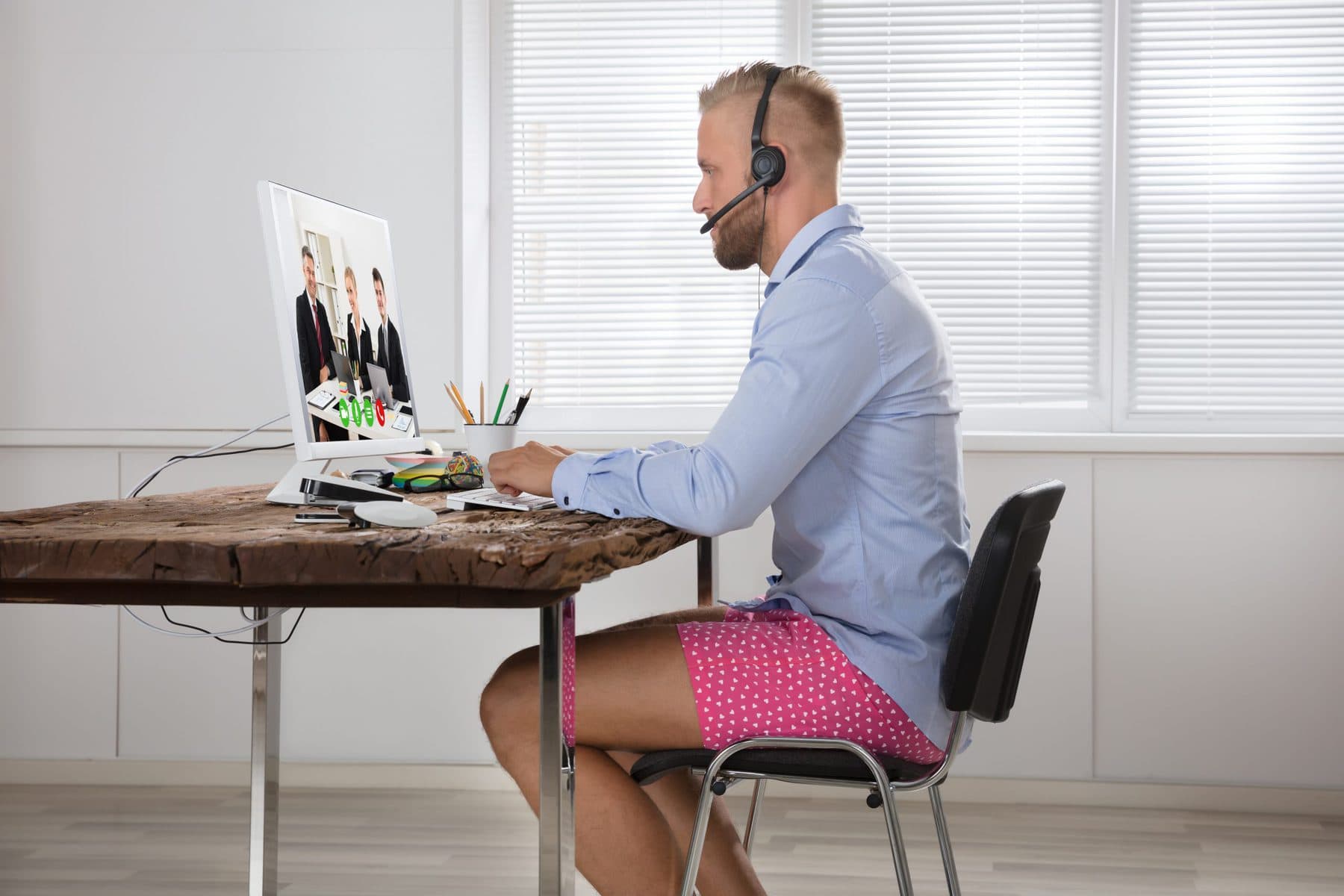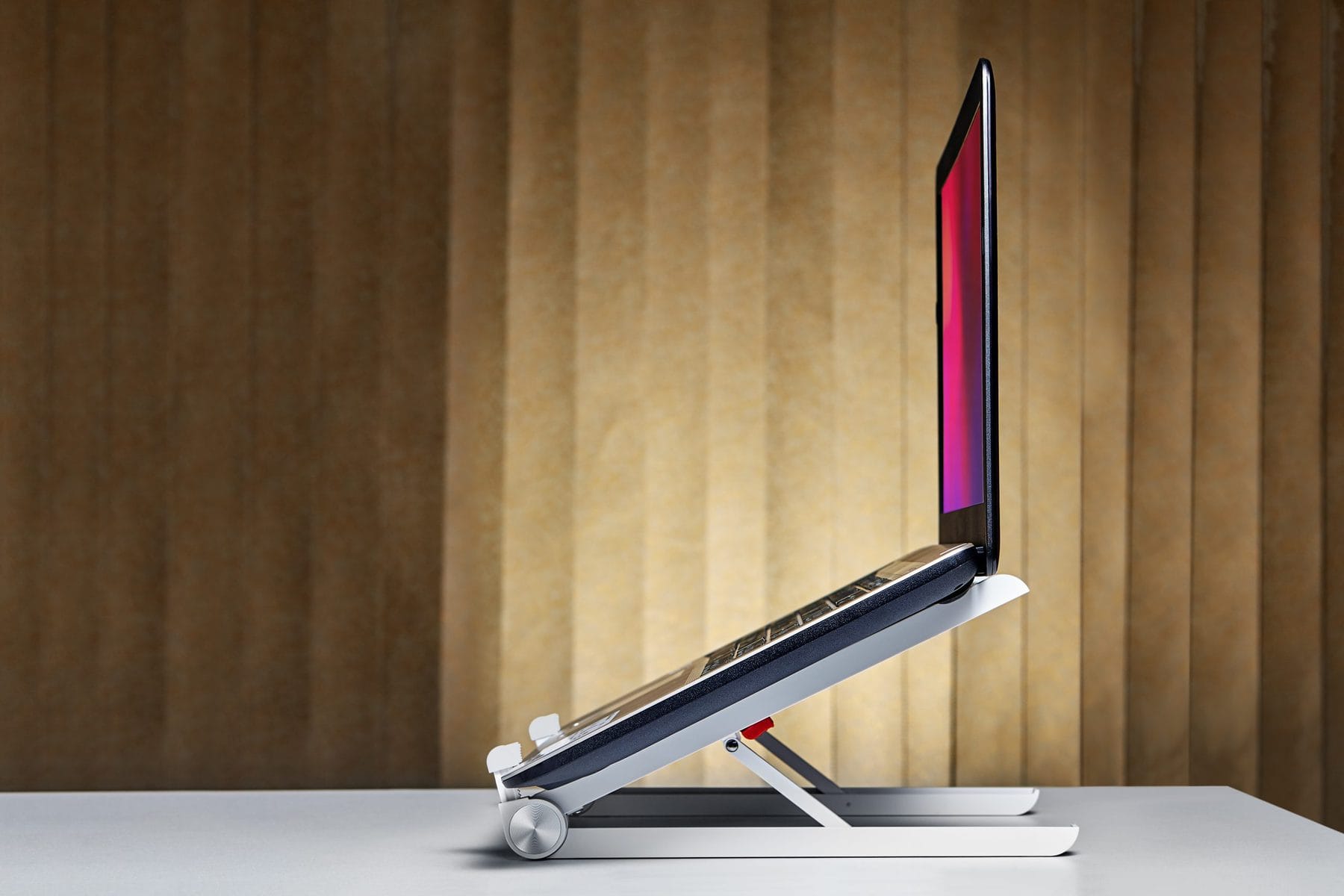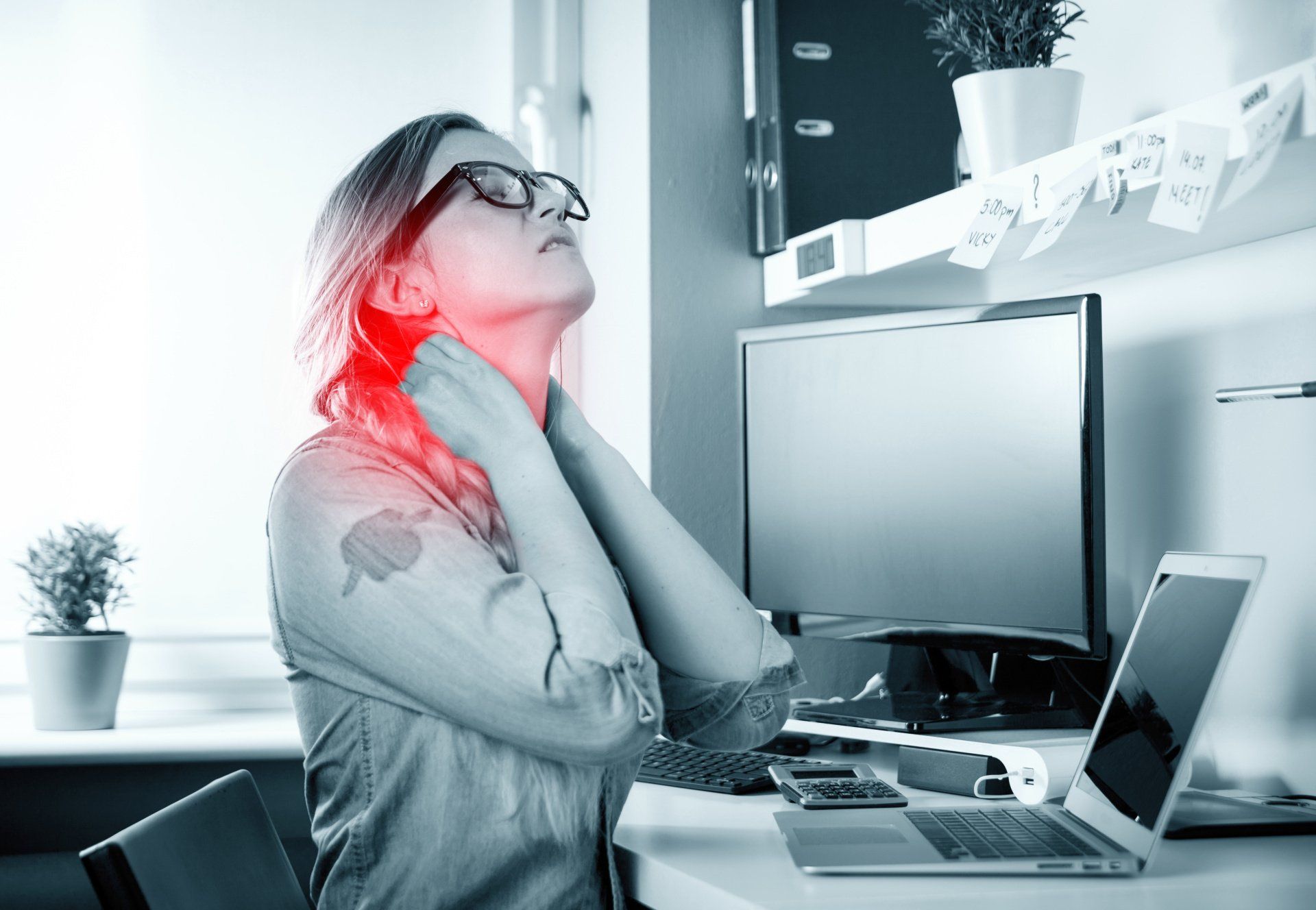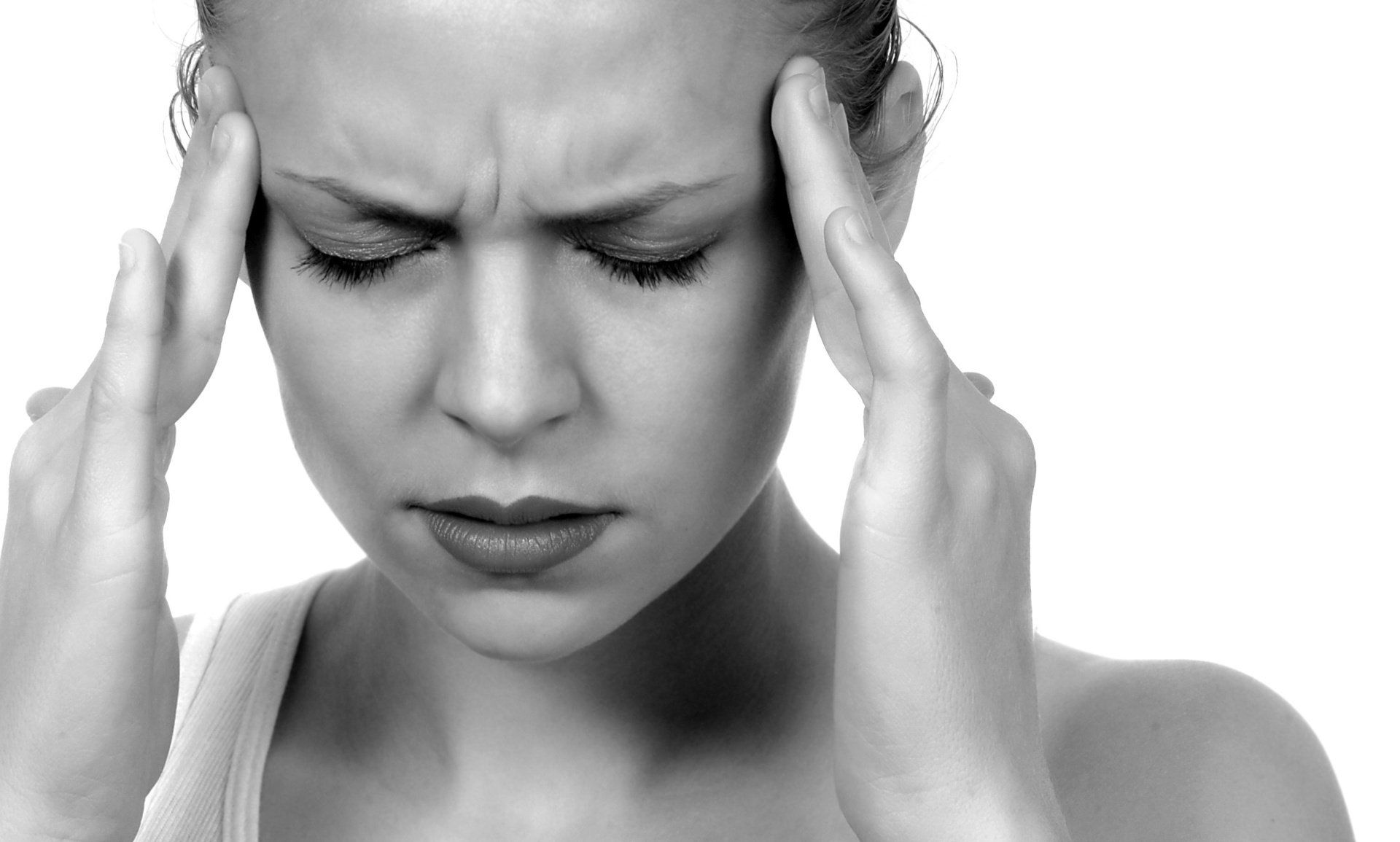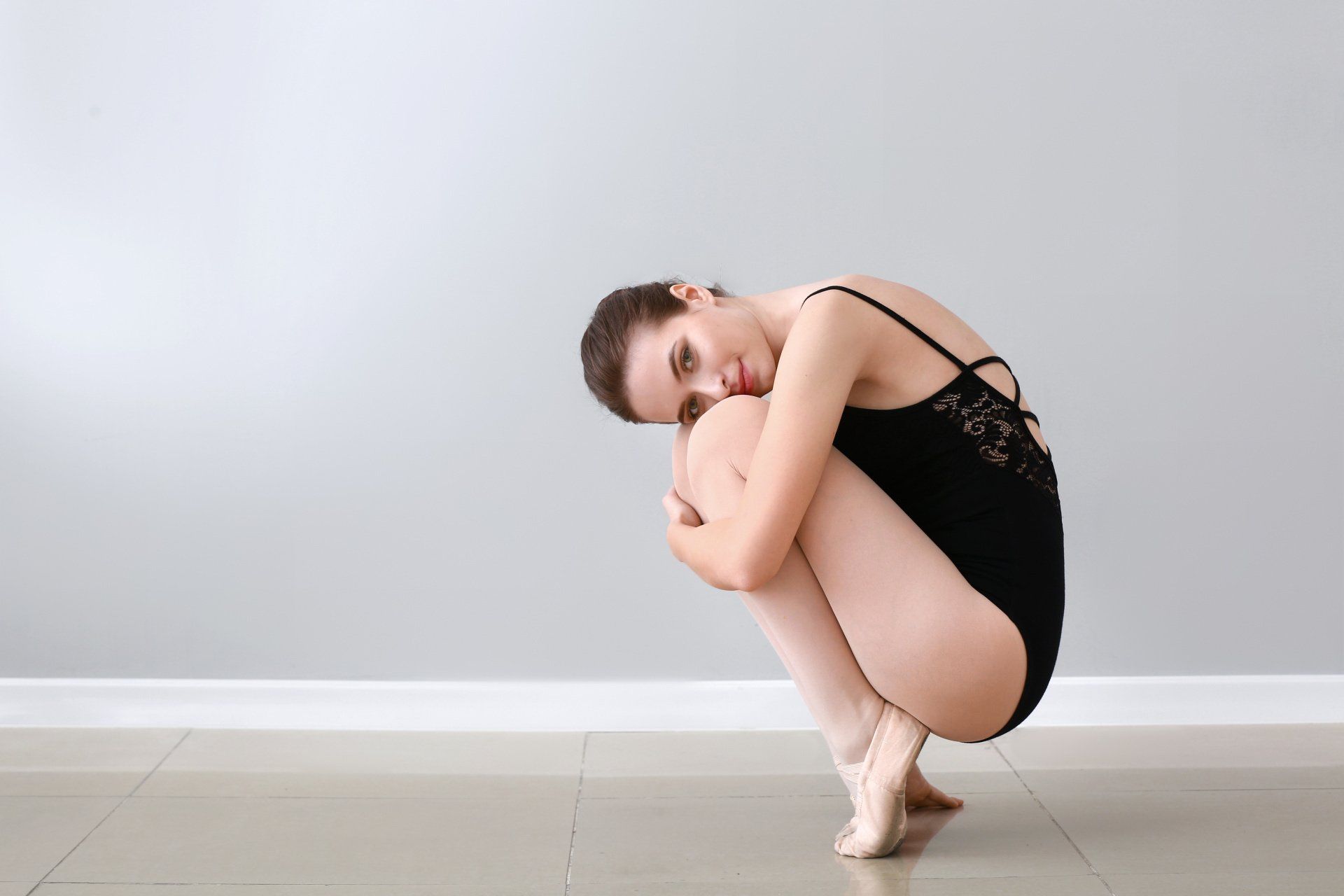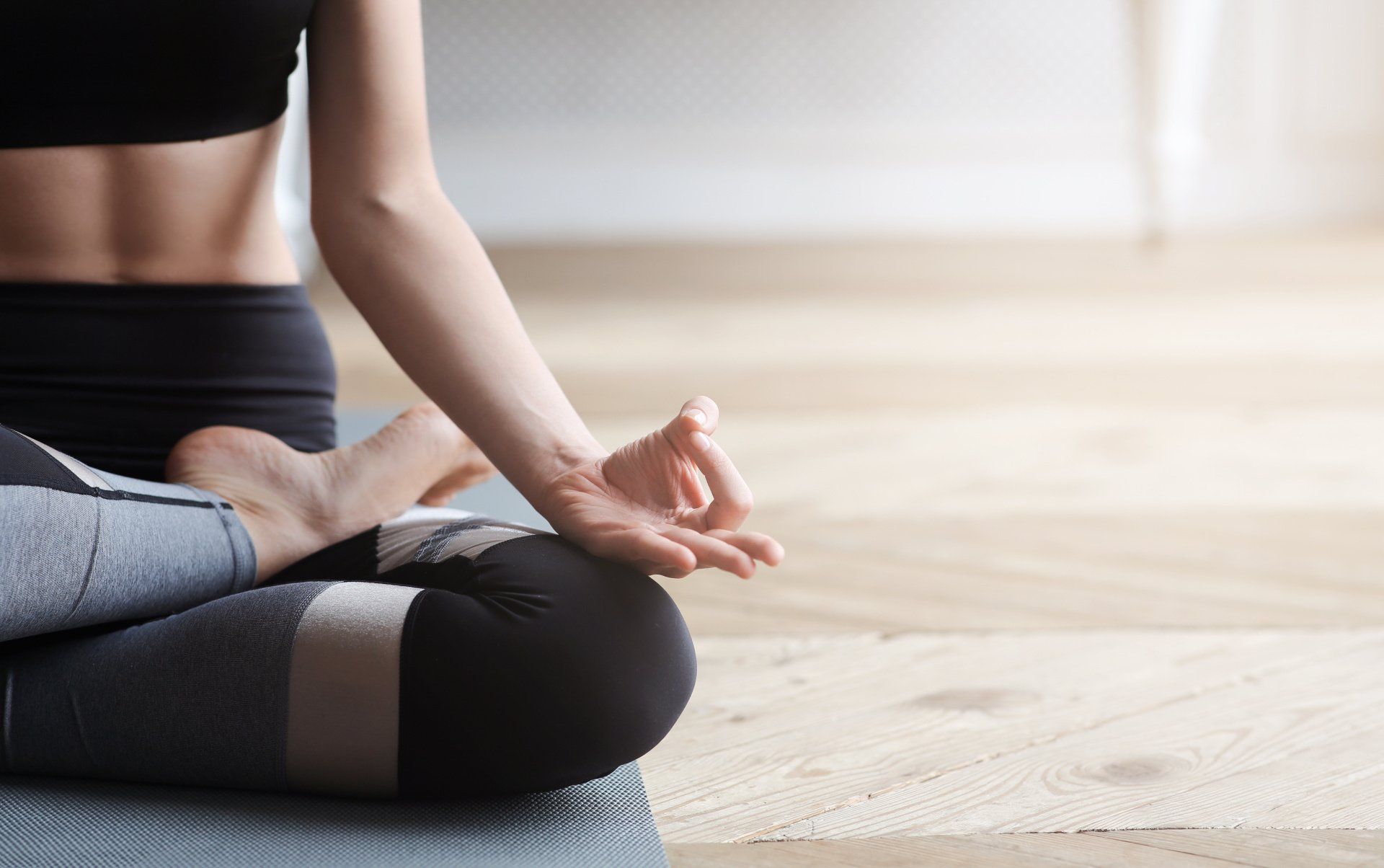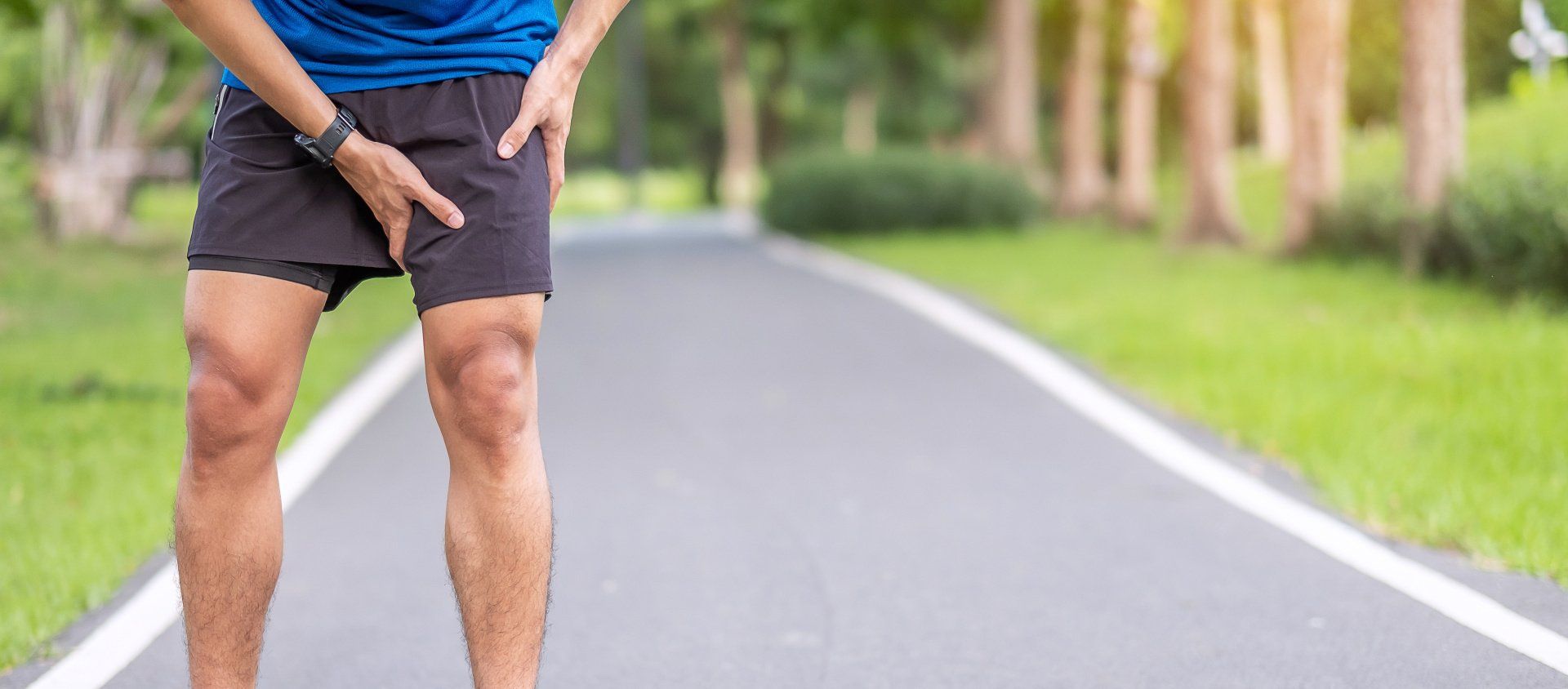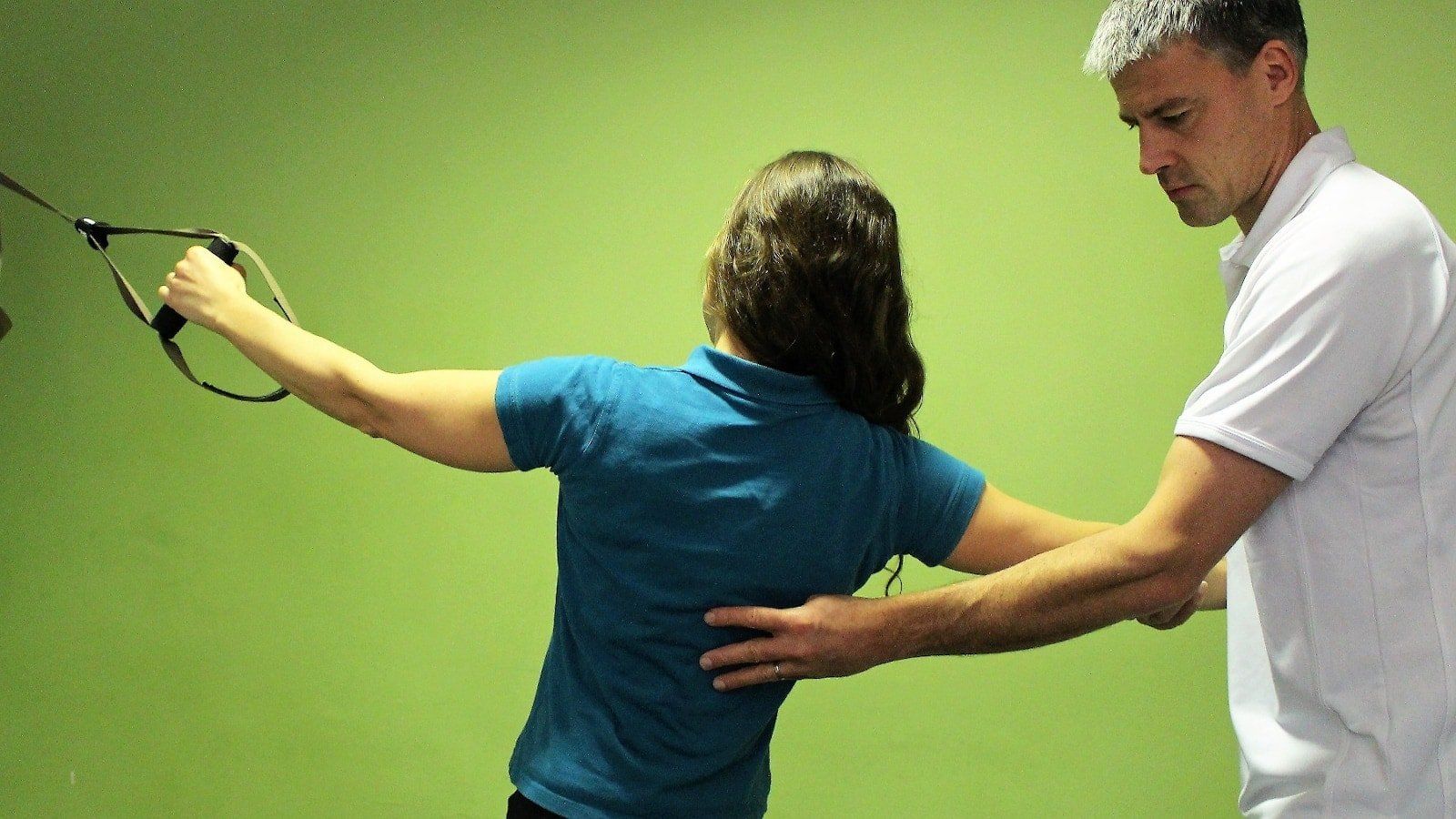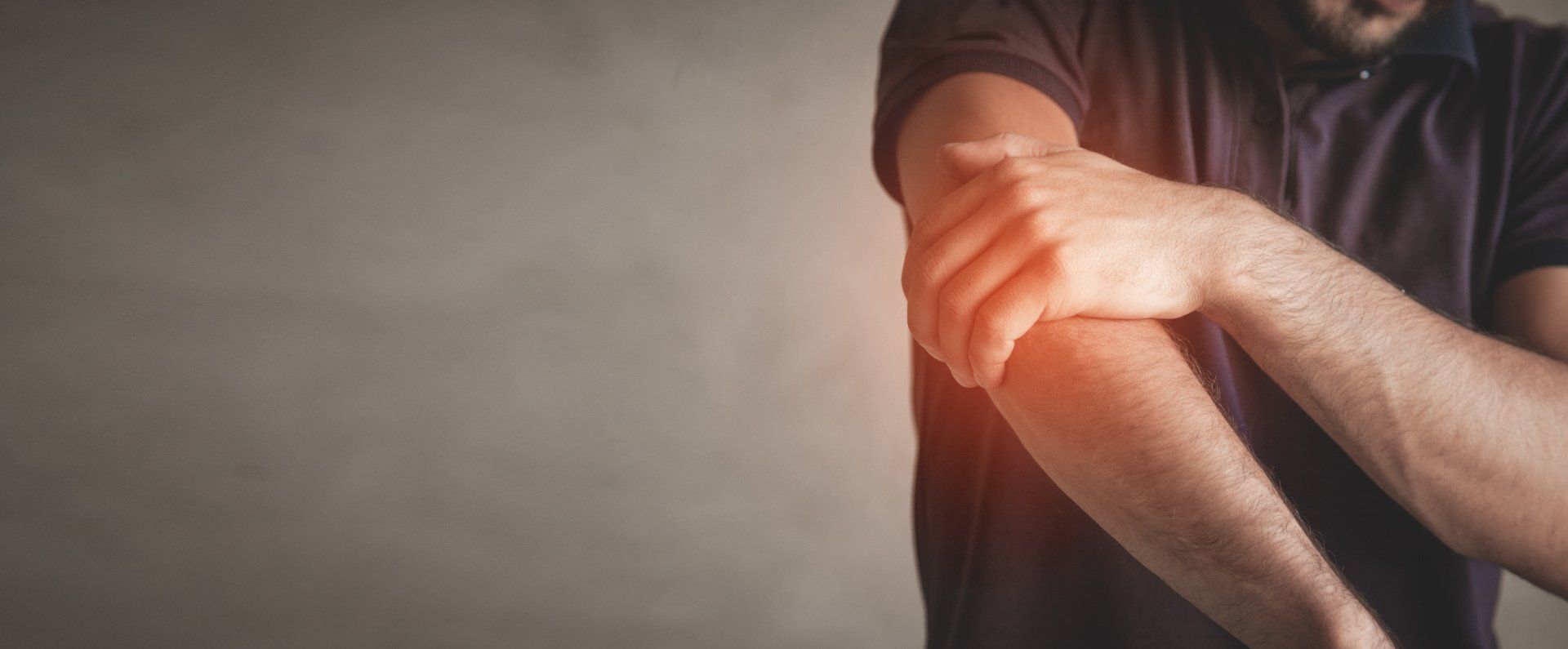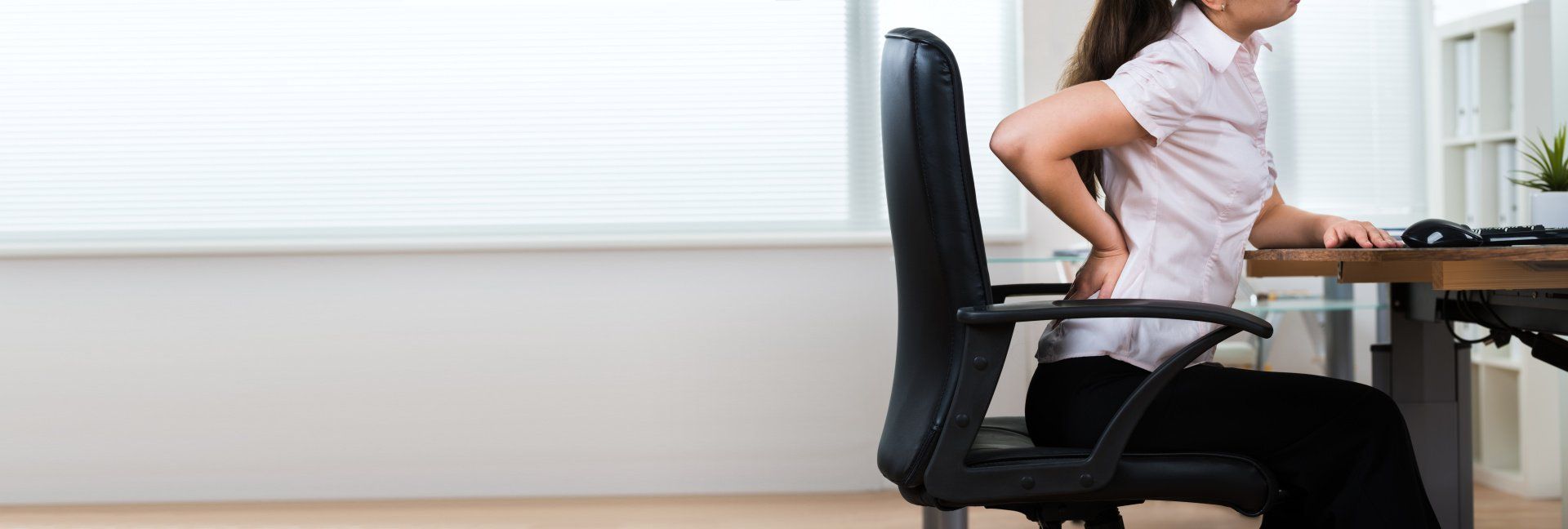How to work from home temporarily
Most of us are now working from home - if we are working at all!
I have scrolled google for tips about how to work from home and there are hundreds. They pretty much all relate to how you can do it effectively but don't focus on how to do it comfortably. Those that do assume you can create your office at home can follow the normal ergonomic advice for when you are in the office. Which, by the way, I don't necessarily agree with anyway.
So I shall not give you advice such as: establish a routine, get a separate work area, put on your work clothes etc. Advice like this is ten-a-penny and may be doable only if you are going to work from home permanently. I shall also not advise about legislation and other factors involving working at a PC. This advice can be gained from the HSE web site and you should already know this from your previous in-office DSE workstation assessments.
I shall assume you are at the kitchen table or on the couch or easy chair.
The first thing to remember is that most people, when in their office, do not sit as advised by all the ergonomic specialists (Top).
The best thing to do is to try to recreate the posture you normally adopt at work. Unless, of course this already gives you back pain – in which case you should be giving me a call or dropping me a message to see why this is!!
The advice I give to workers in the office will be the same when you are at home. Be aware of the strains on your body. Most of the latest research shows little link between “ideal” posture and pain prevention or relief. This is because this posture is modeled on a theoretical ideal based on complicated mathematics and vector physics and doesn't translate to real life. Also, it is one posture and is always the same. There are many "ideal" postures and actually the more you adopt the better. Maybe being at home will be a benefit because you may need to move around a bit more to dodge the kids or the chores.
So I shall highlight the strains, show a few images of where these strains will be and give some tips as to how to alter your posture to relieve them a bit.
I should advise anybody working with a laptop to get either a separate keyboard or monitor and a keyboard stand; lots of cushions; take as many breaks as you can; and work from several different places so as to change posture often.
The Strains
Strains caused by sitting can generally be grouped into 2 categories. They are usually very low intensity and cumulate without you realising until they have reached a level of pain.
- Stretch. When we relax, if we are not supported, our joints will reach the end of their natural range. Further movement is limited by ligaments. Think of ligaments as very strong and stiff elastic bands. If an elastic band is held on full stretch for long enough it will lose elasticity and eventually snap. Similarly will ligaments, especially those in the lower or mid back, when we sit slouched (the same happens to the spinal discs but takes a lot longer than the short term you will be working from home). Try to support your spine with cushions and don’t allow it to rest on itself.
2. Tension. This occurs mostly in muscles and is caused by prolonged static holds. If you hold your arm out horizontally whilst holding a tin of beans you will eventually tire your shoulder and put your arm down. It may take anything from 5 – 20 mins depending how strong you are. If you hold the same straight arm without beans you will last longer. It takes longer for the muscles to tire. The same effect happens if you hold a static posture for long enough, but with one crucial difference: the muscles tire so slowly you don’t realise they are tiring. They become slowly and cumulatively damaged until they are constantly sore even when you rest. This is very common in the shoulders and necks. It is important to try to sit as relaxed as you can without allowing stretch to occur.
Examples
Both of these people have too much strain in the top of their back and neck. They are holding the weight of their head (about 5kg) in a static hold. The muscles will become tense and eventually painful. They need to prop their laptop on a pillow or cushion so they don't need to look down so far.
Both low backs seem supported enough to be comfortable for an hour or so. The girl on the left would possibly benefit from an extra cushion
in her low back.
Compare these 2 images. Both postures seem similar. However, the chap on the right is more comfortable for one crucial reason - he is more relaxed. The intensity of the man on the left is creating tension in his shoulders, forward head posture and probably tension in his hips. His wrists are over-extended causing tension up the back of his forearms. This is a leading cause of tennis elbow.
As long as the chap on the right has a supported lower back he has very little strain. Also, any increase in intensity or stress will aggravate any strains.
I hope this is helpful. Remember if you need further advice or a full working from home DSE assessment then just drop me a message.
